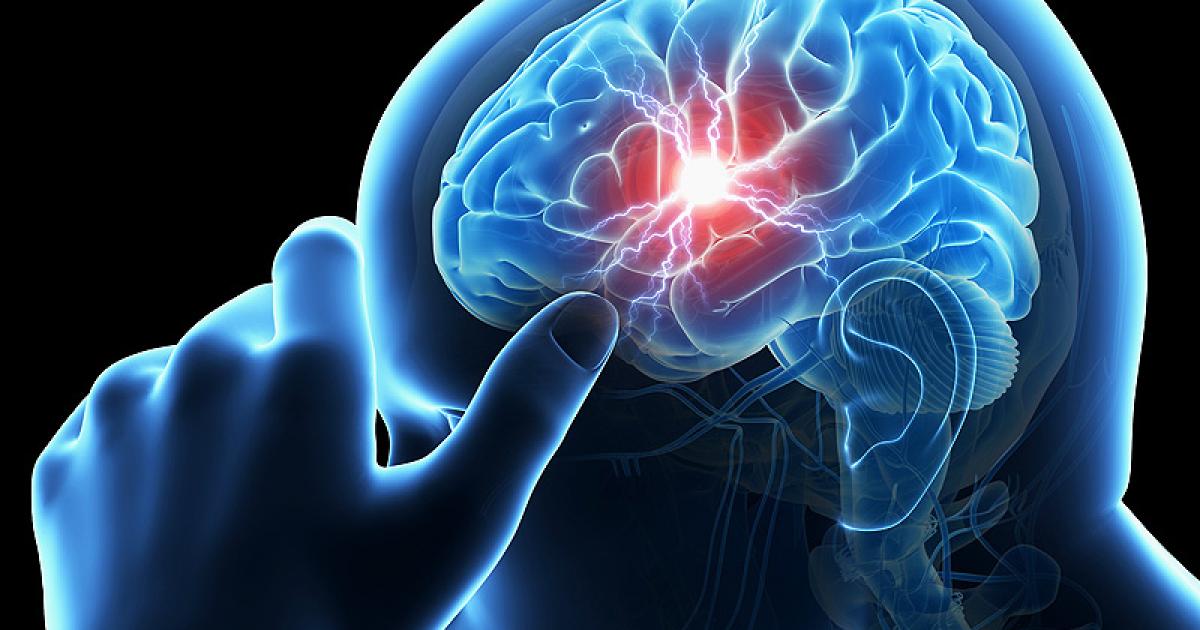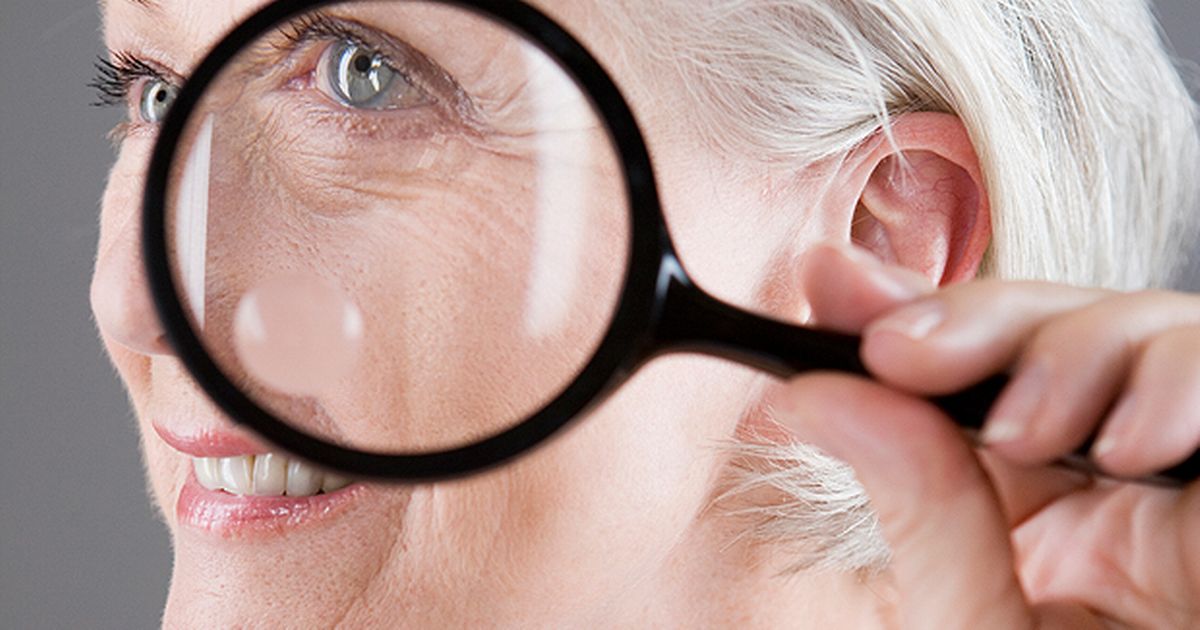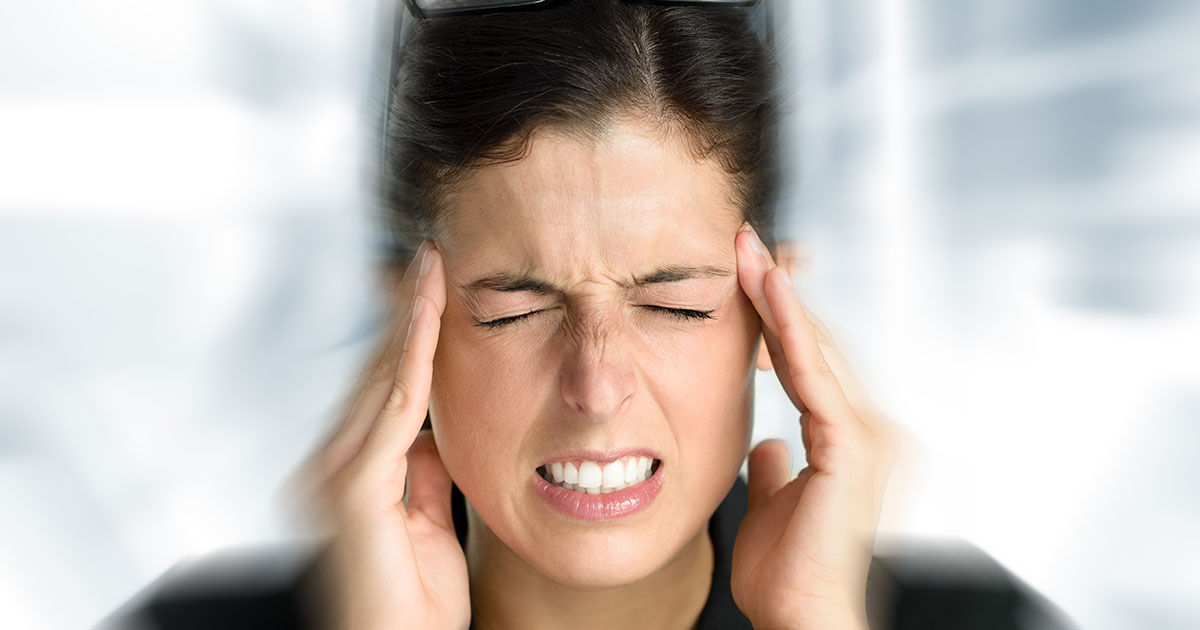How To Tell If You Are Having A Stroke
A stroke occurs when blood flow to the brain is blocked. Blood brings oxygen and nutrients to the cells. Without blood, brain cells die. This means that a section of the brain starts breaking down and brain function is altered. The quicker a stroke is addressed, the less brain damage there will be and the better the recovery. Strokes are usually painless, but there are signs. Here are 7 ways to tell if you are possibly having a stroke.
What Does FAST Mean?

Use the acronym, FAST. F = Face drooping, A = Arms weak, S = Speech slurred, and T = Time to call 911. This is the most common way to immediately tell if you are having a stroke. If you are unable to smile evenly is one more indicator. If you cannot raise both arms above your head suddenly. If you are unable to say a simple sentence without slurring - then you are most likely having a stroke. Having any combination of these signs, without being intoxicated, means that you need help.
One-sided Numbness

Numbness or weakness on one side of your body is a symptom of a stroke. It is not just limited to your face and arms. This can be experienced in your spine, legs, and feet. The brain cells controlling nerve communication to different parts of your body may be dying. All of a sudden, if you are unable to walk evenly, lose your balance, or get really dizzy - you may be having a stroke. If you suddenly develop a slouch and cannot sit up straight, then you may be having a stroke.
Vision Problems

Vision problems associated with a stroke are drastic and occur suddenly. In one or both eyes. This is very different from typical vision problems that occur gradually and are less severe. So, we are not talking about your need for reading glasses or your inability to see well at night.
Blurriness, loss of peripheral vision, or total loss of vision are signs of stroke when they happen without warning. This means that blood supply is not getting to the brain cells that communicate with the eyes. Again, the sooner that a stroke is addressed, the more likely vision will return. Other than a stroke - vision problems may indicate other issues such as an ocular migraine.
Confusion

Another way to tell if you are having a stroke is if you are suddenly very confused. Not knowing some basic facts such as the year, your name, or your location - these are pretty blatant indicators of a stroke. Sudden confusion is often accompanied with anxiety and feelings of fear.
It would be pretty scary to suddenly not know where you are going, right? Chances are, if you are experiencing stroke-related confusion, you are not going to remember this list. Stroke or no stroke, if you are feeling abnormally confused, get help immediately.
Problems Understanding Others

A stroke can affect the area of the brain that deals with language and communication. Your speech may be slurred making you hard to understand. But, you may also experience that it is hard to understand what other people are saying to you. This is a cross between confusion and loss of communication. You do not have to exhibit both slurred speech and inability to understand others, but you could. If you are having a hard time communicating with others, then you may be having a stroke.
Sudden Painful Headache

Although no pain is usually associated with a stroke, it is possible that a headache can occur. Headaches associated with strokes are different from other types of headaches. Most headaches have warning signs and gradually worsen. Not these. Stroke headaches occur without warning and are extremely painful. From a pain scale of 0 to 100 in seconds, this headache is a sign that you are having a stroke. Get help immediately.
Subtle Tells in Women

Men and women can experience all the previous symptoms. But, women can experience other additional symptoms that are more subtle. These can include nausea, fast heartbeat, or hiccups. Pains in the face, chest, or legs. Full-body weakness and shortness of breath are also symptoms.
With this list, you may wonder “How the heck would I know if I were having a stroke? It is hard to tell if these are the only signs. But, if they appear out of the blue and are strong enough to make you take notice - then, seek help. When in doubt, get it checked out!
